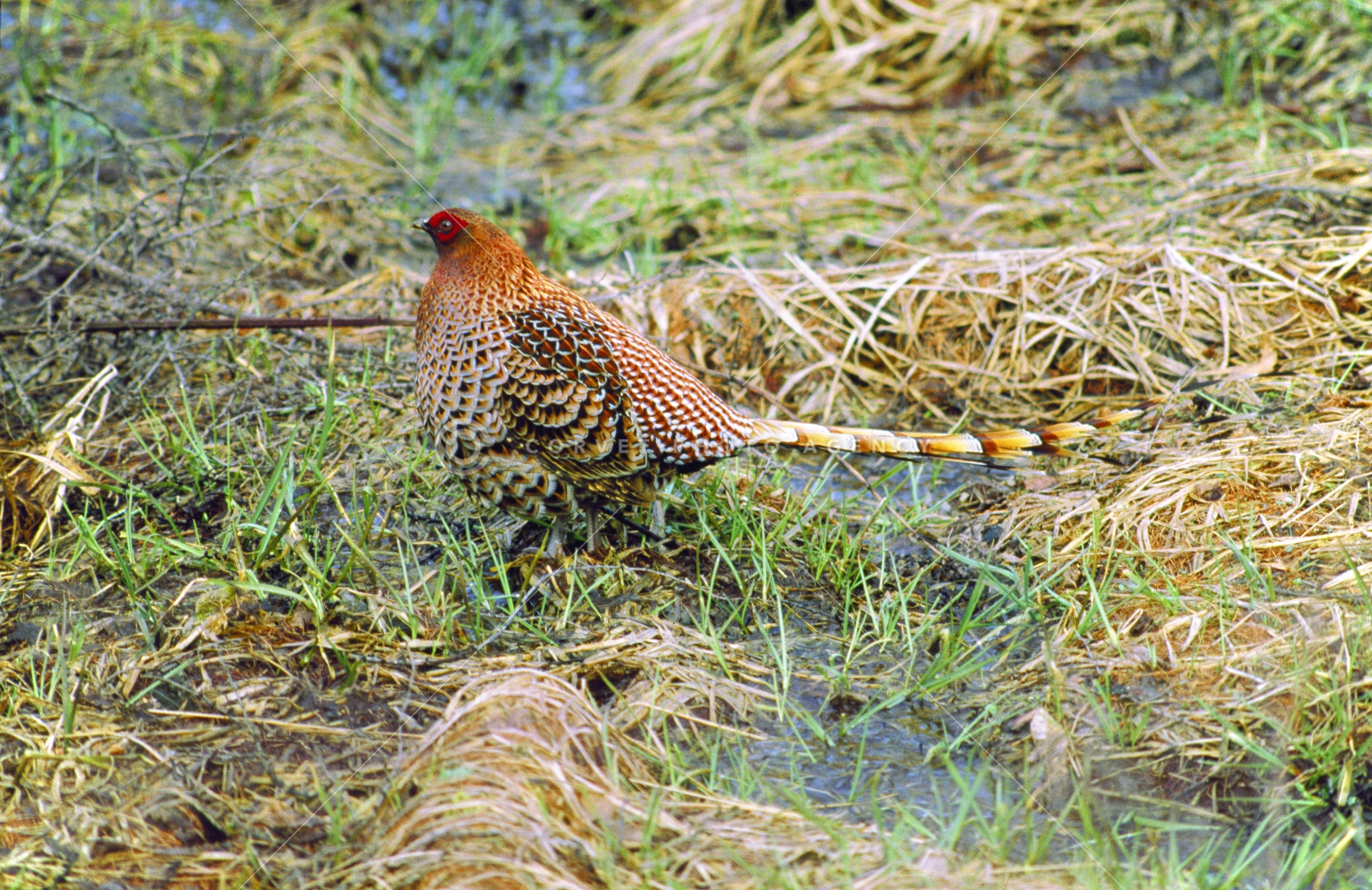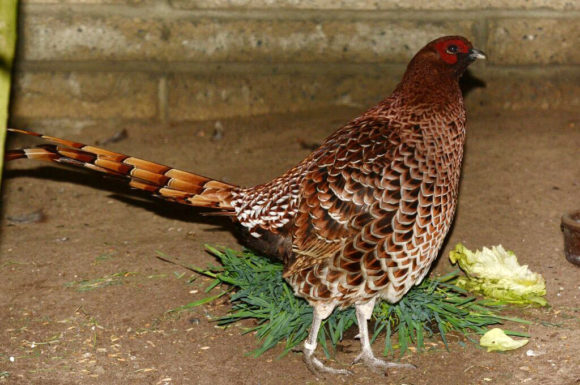The Copper Pheasant: A Glimpse Into Syrmaticus Soemmerringii Scintillans
Share
The Copper Pheasant, scientifically known as Syrmaticus soemmerringii scintillans, is a captivating bird that belongs to the family Phasianidae within the order Galliformes. This species is native to the island of Hondo in Japan, specifically found north of latitude 35° 10' N. Known for its striking appearance and unique behaviors, the Copper Pheasant is a subject of interest for ornithologists and birdwatchers alike.
Taxonomy and Classification
The Copper Pheasant is classified under the following taxonomic hierarchy:
- Order: Galliformes
- Family: Phasianidae
- Suborder: Galli
- Subfamily: Phasianinae
- Subgenus: Graphophasianus
- Species: Syrmaticus soemmerringii
- Subspecies: scintillans
This classification highlights the bird's close relationship with other pheasants and game birds, which share similar habitats and behaviors.
Physical Characteristics
The Copper Pheasant is renowned for its vibrant plumage. Males exhibit a striking copper-colored body with iridescent green and blue hues, while females are more subdued in color, featuring a brownish plumage that provides excellent camouflage in their natural habitat.

Adult males can reach lengths of up to 70 cm, making them one of the larger pheasant species. Their long tails and distinctive feather patterns make them easily recognizable. The beak is short and stout, adapted for their diet, while their strong legs are built for running and foraging.
Habitat
The Copper Pheasant primarily inhabits the mountainous forests of Hondo, where it prefers dense underbrush and areas with plenty of cover. These birds are often found in mixed deciduous and coniferous forests, where they can forage for food while remaining hidden from predators.

Their range is limited to the northern parts of Hondo, where the climate and vegetation provide the necessary resources for survival. The habitat is crucial for their breeding and feeding, as it offers both shelter and a rich supply of food.
Diet
The diet of the Copper Pheasant consists mainly of seeds, fruits, and insects. They are ground feeders, often foraging in leaf litter for fallen seeds and other edible materials. Their strong beaks allow them to crack open hard seeds, while their keen eyesight helps them locate food sources.

During the breeding season, their diet may also include more protein-rich foods, such as insects, to support the energy needs of both the adults and their chicks.
Behavior
Copper Pheasants are known for their elusive nature. They are primarily terrestrial, preferring to run rather than fly when threatened. Their camouflage helps them blend into their surroundings, making them difficult to spot.
Males are territorial and often engage in displays to attract females, showcasing their vibrant plumage and performing elaborate courtship rituals. These displays can include puffing up their feathers, strutting, and producing a series of calls that resonate through the forest.

Reproduction
The breeding season for the Copper Pheasant typically occurs in spring. Males establish territories and attract females through their displays. After mating, females build nests on the ground, often hidden among dense vegetation.
The female lays a clutch of 6 to 12 eggs, which she incubates for about 24 days. Once hatched, the chicks are precocial, meaning they are relatively mature and mobile shortly after birth. They quickly learn to forage for food under the watchful eye of their mother.
Conservation Status
The Copper Pheasant is currently classified as a species of least concern, but habitat loss due to deforestation and urbanization poses a threat to its population. Conservation efforts are essential to maintain their habitats and ensure the survival of this beautiful bird.
Birdwatchers interested in observing the Copper Pheasant should visit the mountainous regions of Hondo during the breeding season. Early morning or late afternoon are the best times to spot them, as they are more active during these hours.
In summary, the Copper Pheasant is a remarkable bird that showcases the beauty of Japan's avian diversity. Its striking appearance, unique behaviors, and ecological role make it a fascinating subject for study and observation. As we continue to learn about and protect these birds, we ensure that future generations can appreciate their beauty and significance in the ecosystem.
